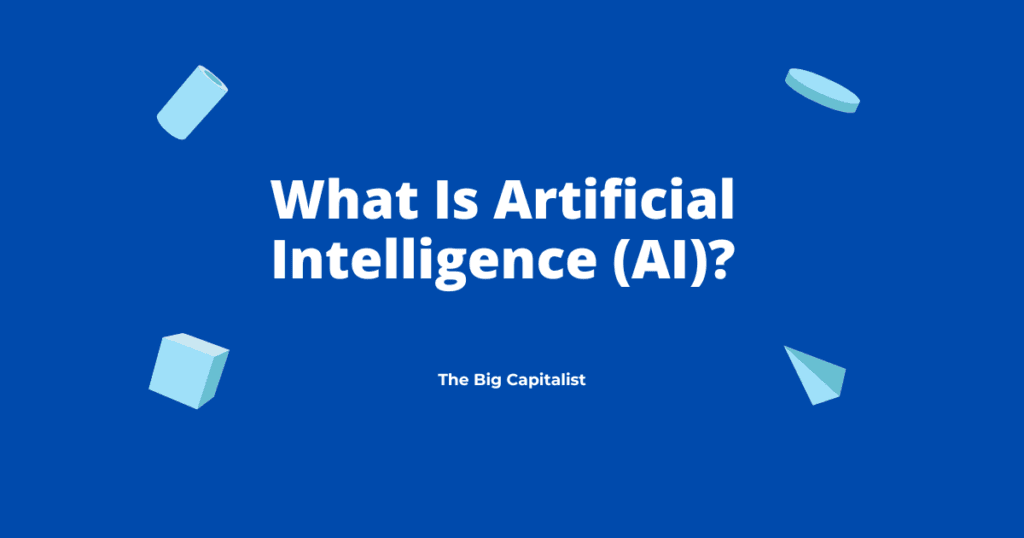Artificial Intelligence, or AI, is like teaching computers to think and learn like people do. It helps machines perform tasks that usually need human brainpower, such as learning new things, solving problems, and understanding language. AI can make our lives easier and more fun, but it also brings some worries.
What Is AI?
AI is a way for computers and robots to do smart things. This means they can look at lots of information, notice patterns, and make decisions based on what they see. Here are some important parts of AI:
- Machine Learning (ML): This is a special type of AI where computers learn from data. They get better at their tasks over time without someone having to tell them exactly what to do.
- Deep Learning: This is a more advanced form of machine learning that uses networks similar to how our brains work. It helps computers make sense of a huge amount of information.
- Natural Language Processing (NLP): This helps computers understand and talk to us in our own language. It’s what makes chatbots and translation apps work.
- Computer Vision: This helps computers see and understand pictures and videos, like recognizing faces or driving cars by themselves.
Good Side of AI
- Improves Efficiency: AI can help us do things faster and more accurately, saving time and effort. For example, it can help doctors diagnose illnesses more quickly.
- Enhances Daily Life: AI powers useful tools like voice assistants (e.g., Siri or Alexa) that make everyday tasks easier, such as setting reminders or playing music.
- Helps with Complex Problems: AI can analyze large amounts of data to find patterns and solutions that humans might not see, such as predicting weather patterns or helping with scientific research.
- Personalizes Experiences: AI can learn about our preferences and interests, suggesting movies, music, or products we might like, making our experiences more enjoyable.
Bad Side of AI
- Potential for Mistakes: If AI learns from bad data or makes errors, it can lead to incorrect conclusions or decisions, which can be harmful.
- Privacy Concerns: AI systems often collect and analyze personal information, raising questions about how this data is used and who has access to it.
- Job Displacement: As AI becomes more capable, there is a fear that it might replace jobs that people currently do, leading to unemployment in some sectors.
- Lack of Human Understanding: AI might not always grasp human emotions or context, which can lead to misunderstandings, especially in customer service or mental health applications.
Types of AI
AI comes in two main types:
- Weak AI (Narrow AI): These are smart systems designed for specific jobs, like voice assistants that help you find information or play music. They can only do those particular tasks.
- Strong AI (Artificial General Intelligence): This is a type of AI that doesn’t exist yet. If it did, it would be as smart as a person and could learn and understand many different things.
How Does AI Work?
AI works by doing several things:
- Analyzing Data: AI looks at lots of information to find patterns that people might miss.
- Learning: Just like you learn from your experiences, AI improves by learning from new information.
- Reasoning: AI can think about the information it has and make decisions or solve problems.
- Perception: Using sensors and cameras, AI can understand what’s happening around it, like seeing where objects are.
- Decision-Making: Based on what it learns and sees, AI can make smart choices or suggestions.
Where Do We Use AI?
AI is used in many areas, such as:
- Healthcare: To help doctors find out what’s wrong with patients and suggest treatments.
- Finance: To help banks find bad transactions or predict how money will move.
- Transportation: To help self-driving cars know where to go and how to avoid accidents.
- Customer Service: To help answer questions and assist people using chatbots.
- Entertainment: To suggest movies or shows you might like based on what you’ve watched before.
In short, artificial intelligence is a growing field that helps machines do complicated tasks we usually think only people can do. It’s changing how we use technology in our daily lives, bringing both excitement and challenges!
Frequently Asked Questions (FAQ)
1. What is Artificial Intelligence used for?
AI is used to help machines perform tasks like recognizing speech, making decisions, recommending content, or even driving cars all without human help.
2. Is AI the same as robots?
Not exactly. AI is the “brain” that helps machines think and learn, while robots are physical machines. Some robots use AI, but not all AI is in robots.
3. Can AI make mistakes?
Yes. If AI learns from bad data or misinterprets information, it can make wrong decisions just like people can.
4. Will AI take over human jobs?
AI might replace some jobs, especially repetitive ones, but it can also create new jobs that involve managing or working alongside technology.
















